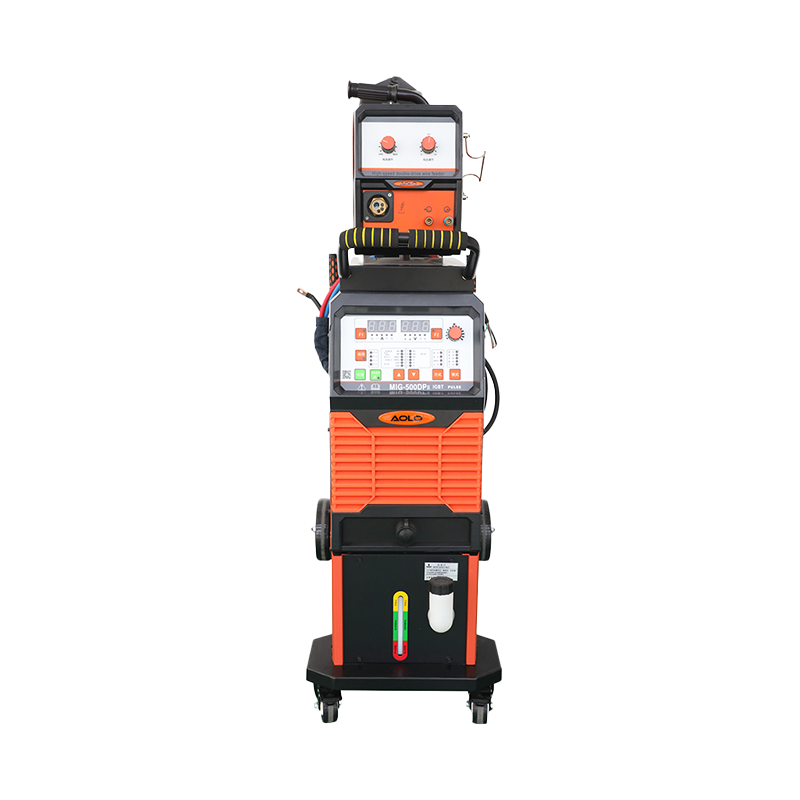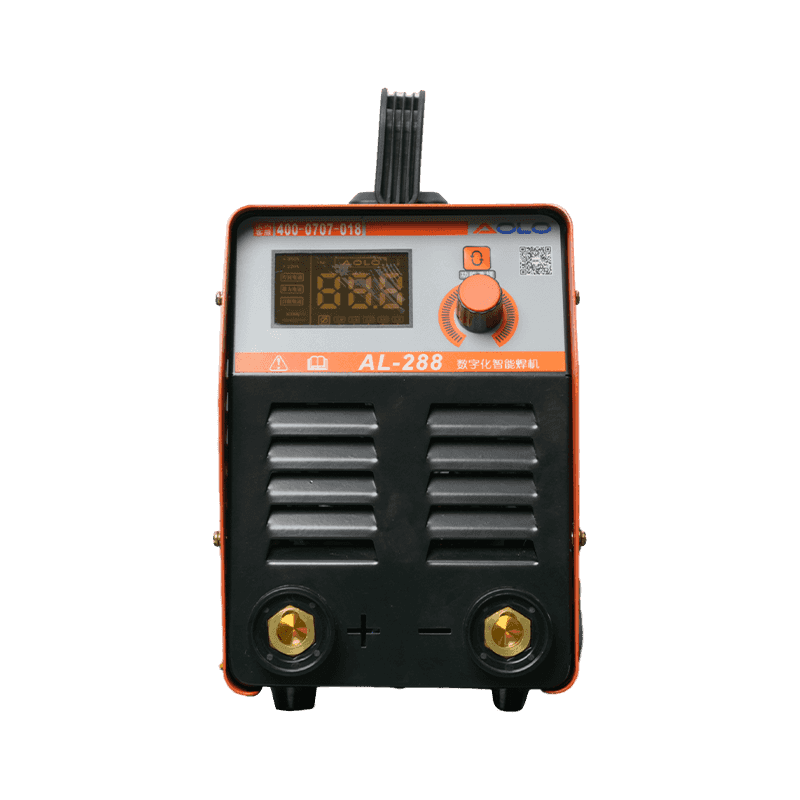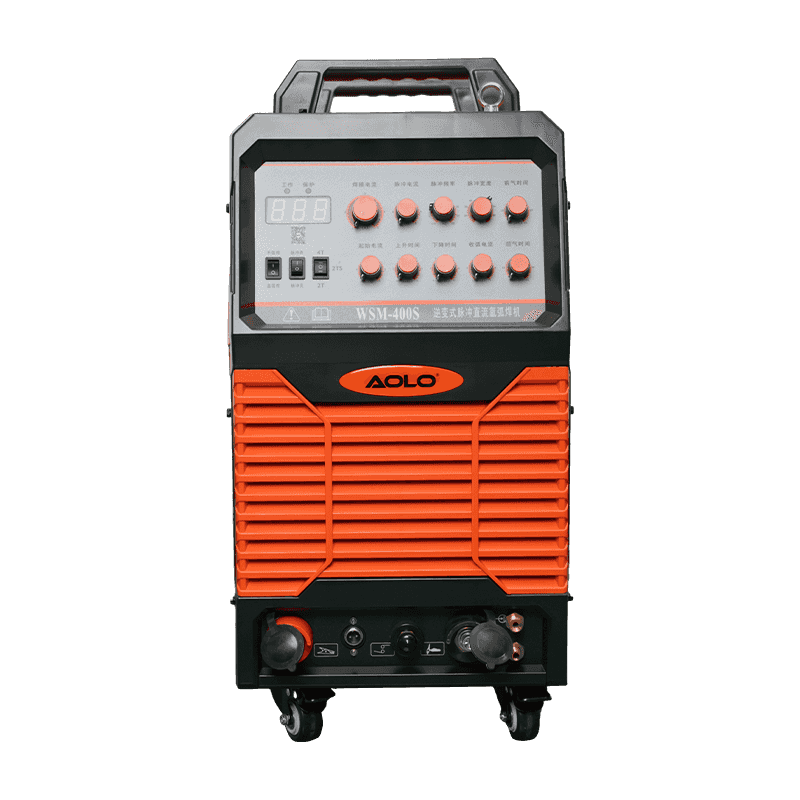Understanding MIG Welding Basics
MIG (Metal Inert Gas) welding is a popular and versatile welding technique used in many industries for its ease of use and efficiency. If you're new to MIG welding or looking to improve your skills, it's important to understand the basic techniques that make this method successful. From proper equipment setup to understanding welding positions, mastering these skills will ensure you get clean, strong welds every time. In this article, we’ll cover the essential skills required to effectively use a MIG welding machine.
What is MIG Welding?
MIG welding, also known as Gas Metal Arc Welding (GMAW), is a process where a continuous wire electrode is fed into the weld pool. The electrode is shielded by an inert gas, such as argon or CO2, which protects the weld from contamination. MIG welding is widely used because it’s fast, flexible, and easy to learn, making it a great choice for both beginners and experienced welders.
Basic Skills for Using a MIG Welding Machine
To get the best results from your MIG welding machine, mastering some key skills is crucial. Here’s a breakdown of the basic skills every welder should develop:
1. Setting Up the MIG Welding Machine
Before you start welding, it’s essential to set up your MIG welding machine properly. The setup will affect the quality of your weld and your overall safety. Here’s what to check:
- Ensure the power source is connected and properly grounded.
- Select the right wire and shielding gas for your material. Typically, a mild steel wire with CO2 or a mix of argon and CO2 is used for general purposes.
- Adjust the machine’s voltage and wire feed speed according to the thickness of the material you’re welding.
- Check the gas flow rate to ensure it’s adequate for shielding the weld pool.
2. Understanding MIG Welding Techniques
To achieve strong, clean welds, you need to understand the basic welding techniques. Here are some of the most important aspects to focus on:
Welding Speed and Movement
Your welding speed will determine the appearance and quality of the weld. A steady, consistent speed is important for an even bead. There are two common types of welding motion:
- Straight line motion – Suitable for thin materials where a straight bead is needed.
- Weaving motion – Used for thicker materials to ensure adequate penetration and a wider weld bead.
Torch Angle and Distance
The angle of the welding torch and the distance between the nozzle and the workpiece are critical for creating a good weld. Generally, the torch should be held at a 10-15 degree angle from vertical, pointing in the direction of the weld. Keep the nozzle about 1/4 to 3/8 inch away from the work surface to ensure proper arc length.
3. Maintaining Proper Torch Control
Effective control of the welding torch is essential for smooth, consistent welding. Here are some key points to remember:
- Keep the torch steady to avoid weaving or inconsistent welds.
- Use your hand to guide the torch smoothly along the weld path, maintaining the proper distance from the work surface.
- Ensure that the wire feed is steady and consistent for smooth wire deposition.
4. Mastering Different Welding Positions
MIG welding can be done in various positions, each requiring a different technique. These include:
- Flat position – Most common position for beginners, where the weld is made on the top of the workpiece.
- Horizontal position – Used for welding edges of vertical joints, requiring a steady hand to avoid spillage.
- Vertical position – One of the most challenging positions, requiring slow speed and precise control to prevent the weld from falling.
- Overhead position – The most difficult, where the welder must adjust to gravity to prevent the weld pool from dripping.
5. Understanding Weld Penetration and Bead Size
Weld penetration refers to how deep the weld goes into the material. Proper penetration ensures a strong joint. The bead size is equally important, as it determines the strength and appearance of the weld. To achieve optimal penetration and bead size:
- Adjust the voltage and wire feed speed to suit the material thickness.
- Use the right filler material to match the base metal for a strong bond.
- Avoid moving the torch too quickly or too slowly, as this can affect both penetration and bead size.
Safety Tips for MIG Welding
Safety is paramount when using a MIG welding machine. Always follow these precautions:
- Wear protective gear, including gloves, welding helmet, and flame-resistant clothing.
- Ensure proper ventilation in your work area to avoid inhaling harmful fumes.
- Keep your work area clean and free of flammable materials.
- Double-check all equipment for safety, including the gas cylinder and electrical connections.
Conclusion
Mastering the basic skills for using a MIG welding machine is essential for achieving high-quality welds. By setting up the machine properly, learning the right techniques, and practicing consistently, you’ll be able to weld effectively and safely. Always remember to prioritize safety and maintain your equipment for the best results in your MIG welding projects.




 English
English 中文简体
中文简体 Español
Español русский
русский


















Contact Us